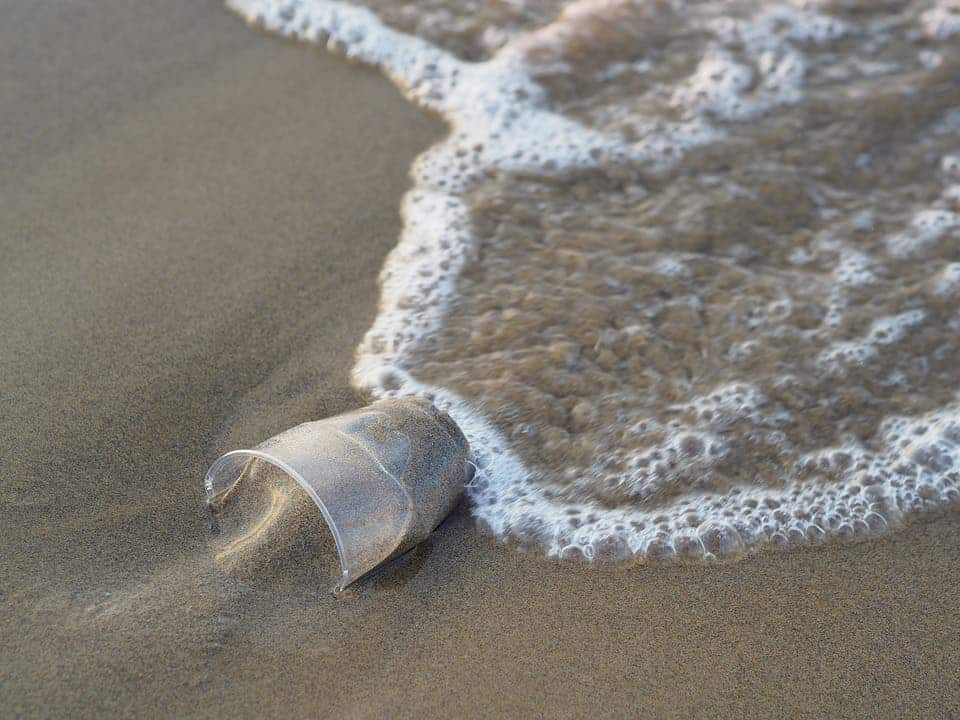Plastic fragments have been found in the digestive tracts of animals in the deepest parts of the oceans, a new paper reports. The findings illustrate how incredibly wide humanity’s impact on the planet has become.

We really do live in a plastic world, as that old song used to go. Humanity produces around 350 million metric tones of plastics each year and, sadly, a large chunk of that is meant to be used and immediately discarded. As such, we’ve managed to build up quite a pile of plastic trash — at least five trillion pieces of it are floating around in the world’s oceans.
Polymer diet
All this plastic eventually finds its way into the bellies of fish and other ocean wildlife. Most studies up to now focused on near-surface plastic contamination in wildlife, and all have found it to be widespread in fish, turtles, whales, and sea birds.
A new study, however, aimed to look at the bottom of the oceans. The team analyzed shrimp from six of the world’s deepest ocean trenches looking for signs of plastic ingestion — and their findings are Not Good. In the Mariana Trench, the deepest spot on Earth, 100% of the studied animals had plastic fibers in their guts, the team reports.
“Half of me was expecting to find something but that is huge,” said lead author Alan Jamieson from Newcastle University’s School of Natural and Environmental Sciences.
Jamieson and his team’s day job is finding new species hidden in the depths. But a decade’s worth of abyssal expeditions left them with a sizeable collection of shrimp specimens from between 6,000-11,000 meters (19,500-36,000 feet) beneath the surface. Curious to know whether plastics sunk down to these animals’ environments, they decided to take a look at the shrimp.
“We are sitting on the deepest dataset in the world, so if we find (plastics) in these, we are done,” Jamieson told AFP.
The team admits they were astonished to see how widespread plastic corruption was at the bottom of the ocean. For example, plastic was found in the digestive systems of animals recovered from the Peru-Chile Trench in the southeast Pacific as well as the Japan Trench — although the two are around 15,000 kilometers (9,300 miles) apart.
“It’s off Japan, off New Zealand, off Peru, and each trench is phenomenally deep,” Jamieson said. “The salient point is that they are consistently found in animals all around the Pacific at extraordinary depths so let’s not waste time. It’s everywhere.”
All in all, 65 of the 90 specimen in the team’s collection (72%) had at least one plastic microparticle in their gut. The team does note that these particles could have been ingested by fish at higher depths and were taken to the bottom of the ocean as the animal died. However, analyses performed on the fibers, most of which seem to be clothing fabrics, showed that they were likely several years old. The team reports that the atomic bonds in the plastic fibers had shifted, unlike what you’d see in a ‘fresh’ plastic mass.
Microplastics are generally dumped directly into the sea, the team writes, via sewers and rivers. They then bunch together into larger bodies and start degrading. As part of this process, bacteria starts moving into the plastic mass’ pores — making it heavier until it eventually sinks. Jamieson puts it more succinctly and in words I wouldn’t be allowed to use, so here’s his take on it:
“So even if not a single fibre were to enter the sea from this point forward, everything that’s in the sea now is going to eventually sink, and once it’s in the deep sea where is the mechanism to get it back?” Jamieson asks.
“We are piling all our crap into the place we know least about.”
Plastic contamination seems to be widespread in the ocean’s deepest areas, and the team cautions that we might unwittingly do a massive amount of damage to bottom-dwellers. In theory, plastics should pass unaffected through an animal’s digestive tract, but the team found they caused blockages in the animals they studied.
“The equivalent would be for you to swallow a 2-metre polypropylene rope and expect that not to have an adverse affect on your health,” Jamieson adds.
“There’s no good aspect to this.”
The paper “Microplastics and synthetic particles ingested by deep-sea amphipods in six of the deepest marine ecosystems on Earth” has been published in the journal Royal Society Open Science.






